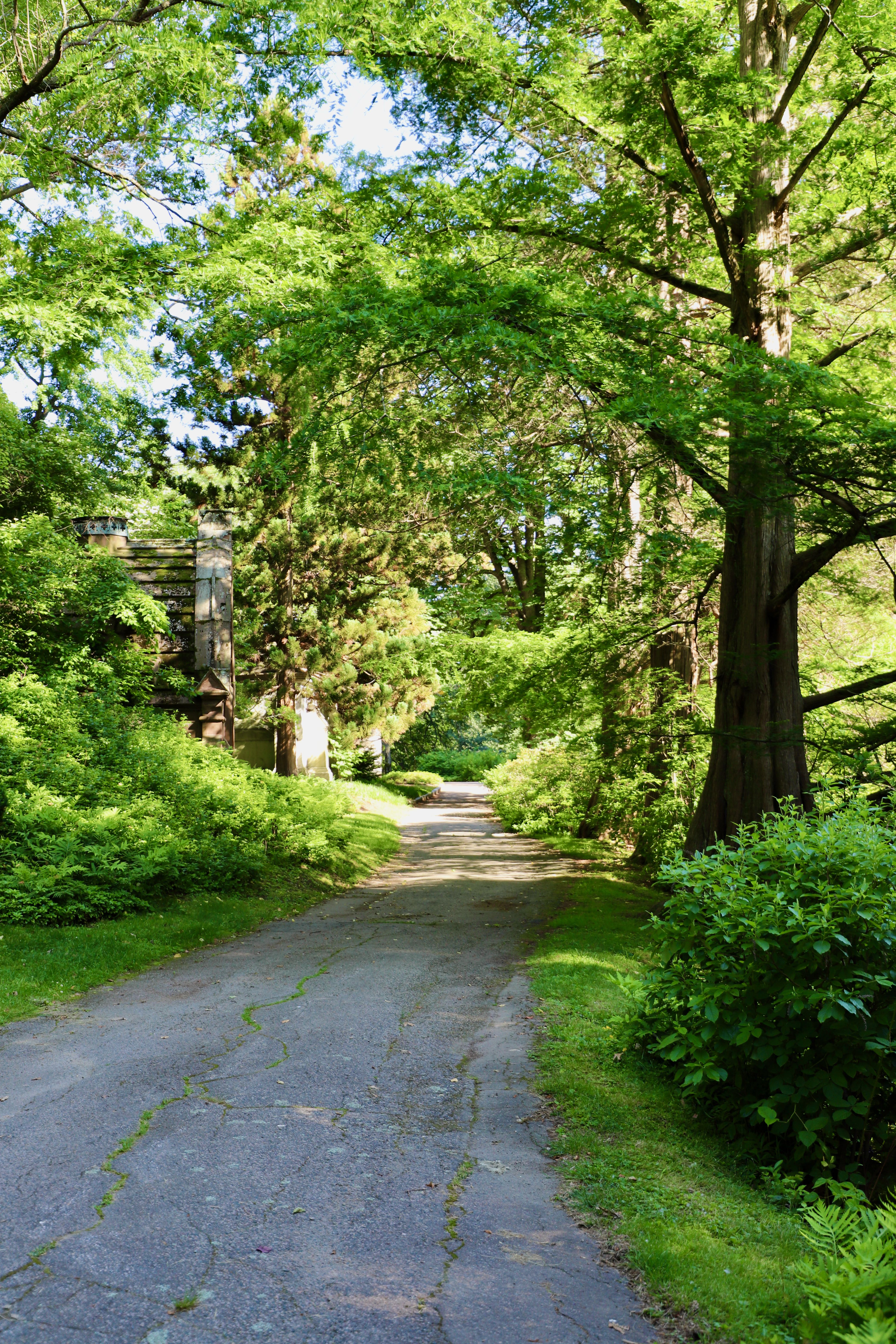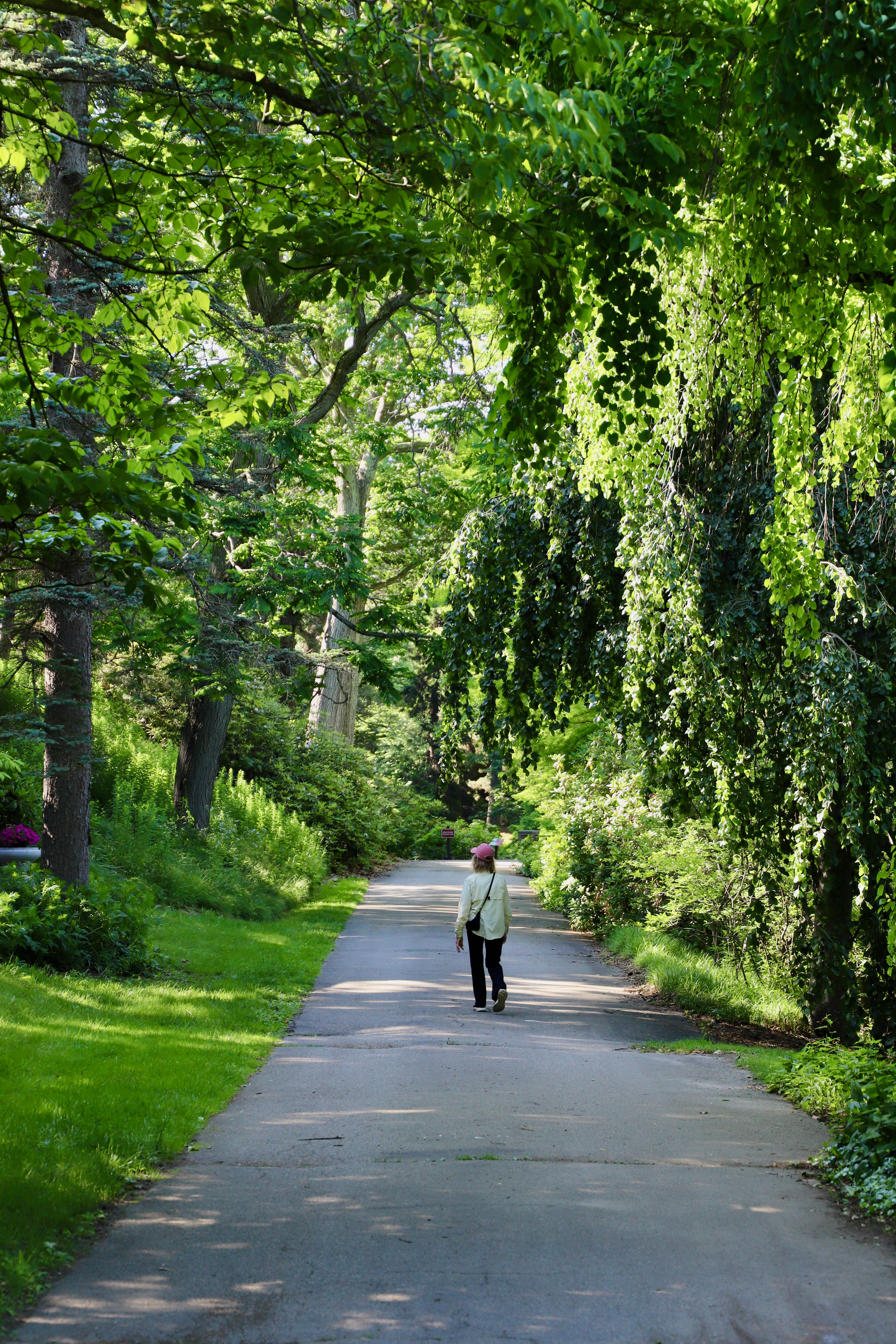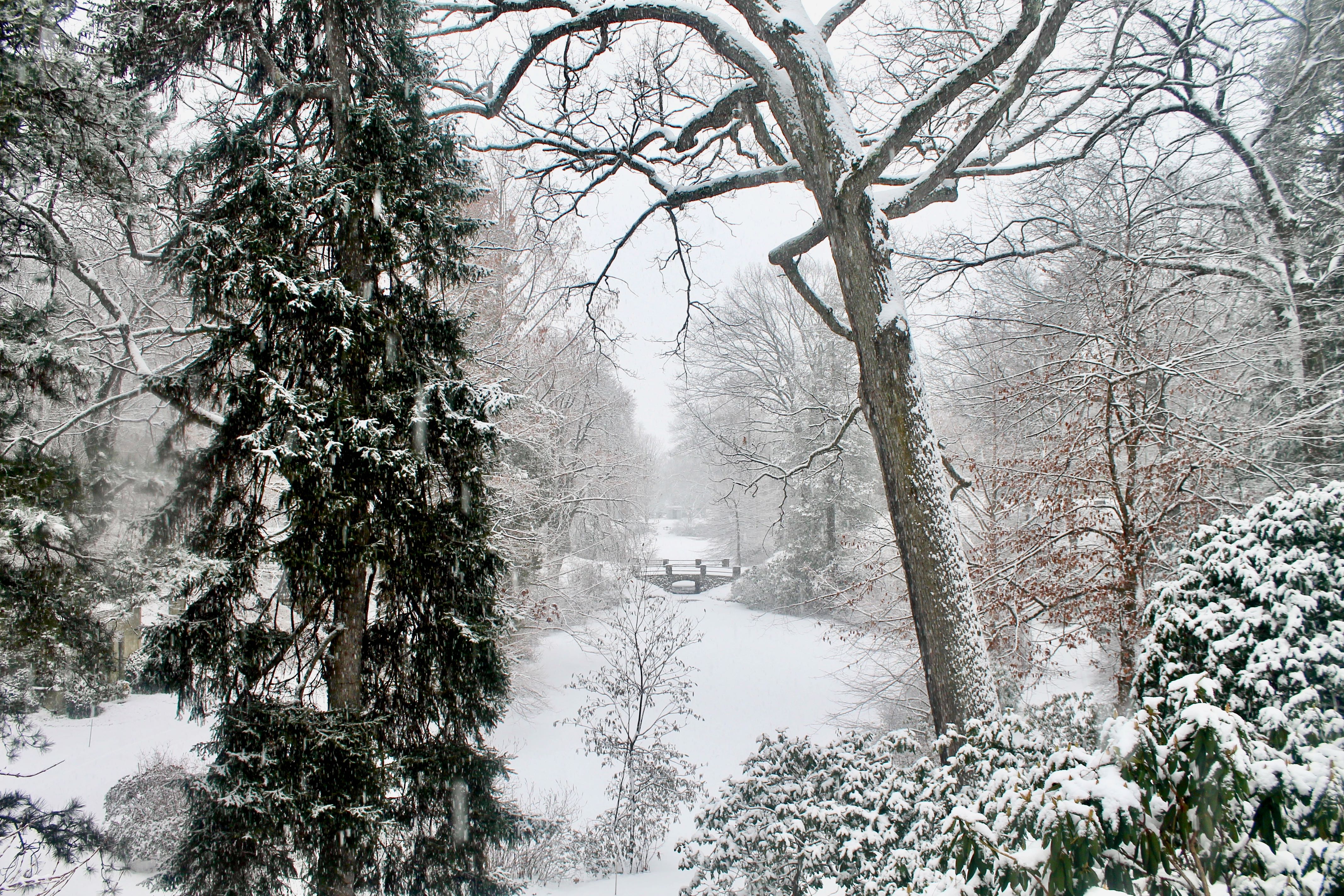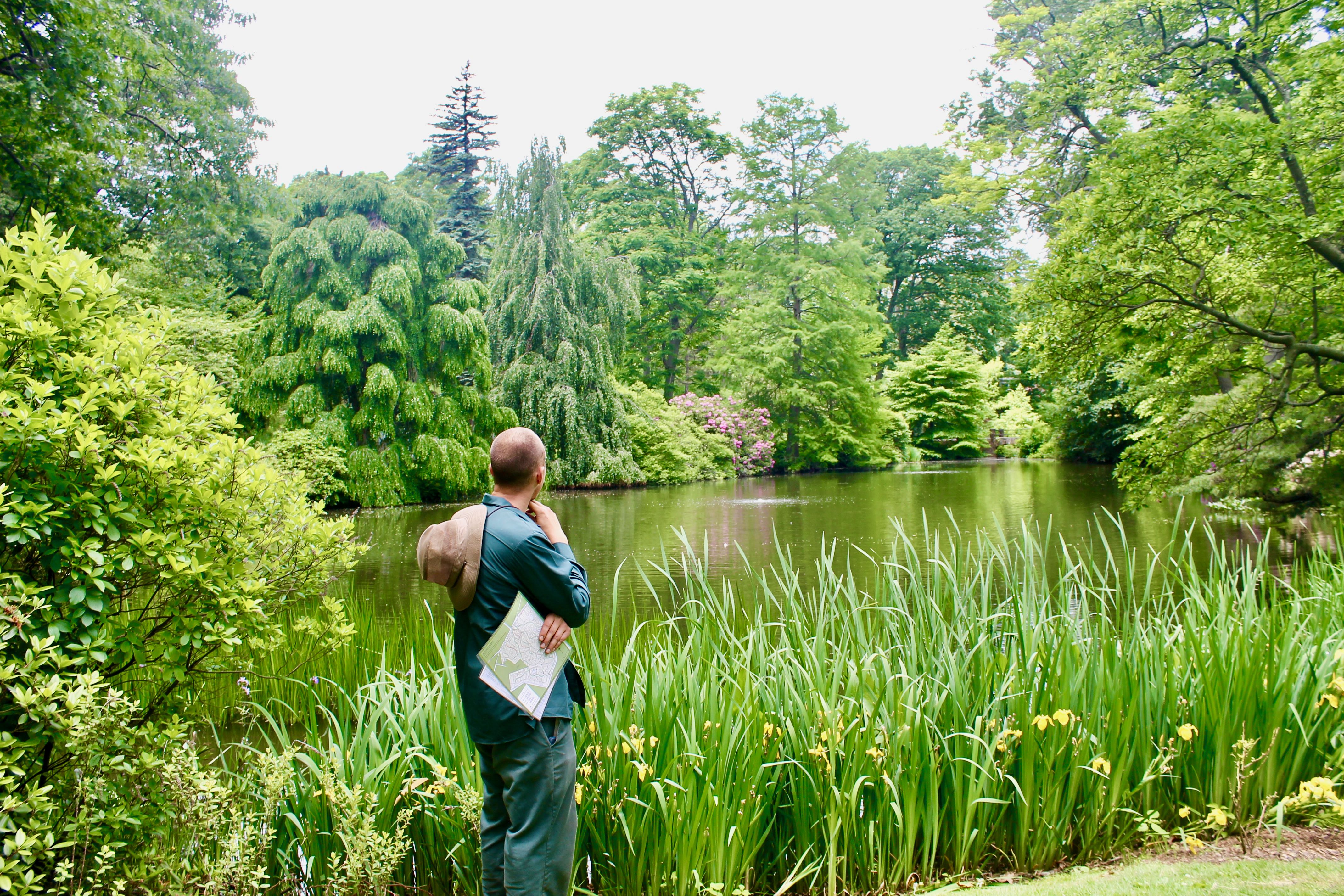
Auburn Lake
About Auburn Lake
Waterbody/Interment Area/Landscape
Two basin ponds connected by a bridge and surrounded by hill-side mausolea.
Auburn Court Crypts Developed in 1973 by J.C. Milne Company.
Receiving Tomb Constructed between 1859-1879 by G. F. Bryant, architect. Demolished in 1973.
Dredged and Redesigned in 1998 by Aquatic Control Technology, Inc. and Halvorson Design.
Auburn Lake was created in the 1850s by the deepening of an already existing low-lying “boggy meadow” area to enhance the Cemetery’s landscape. by the 1990s dry summers had reduced much of the lake to exposed mud flats. Concerned about the aesthetics of the landscape as well as the long-term ecological health of the lake, Mount Auburn initiated a process to thoroughly analyze the ecological status of the lake and the alternatives available to us for both its short-term and long-term management. The result was a mini-master plan for the area that emphasized its earliest period of development: the naturalist landscape of the mid-19th century with rural paths and roadways and native species interspersed with ornamentals.
Auburn Court Crypts & Historic Receiving Tomb
In 1859 a cut was made through Indian Ridge Path to run a drain between Bigelow Chapel Lawn and Auburn Lake. A catacomb tomb was proposed along the sides of the cut with an entrance facing Auburn Lake.
“The deep cut made through this ridge, will afford a passage for the culvert beneath its floor, while the sides will be occupied with columbaria, forming a large catacomb for separate interments, a structure much needed in Mount Auburn. An ornamental and costly stone front, on the end facing the lake, is now contracted for, and in process of execution.”
(Mount Auburn Cemetery's Annual Report, 1859)
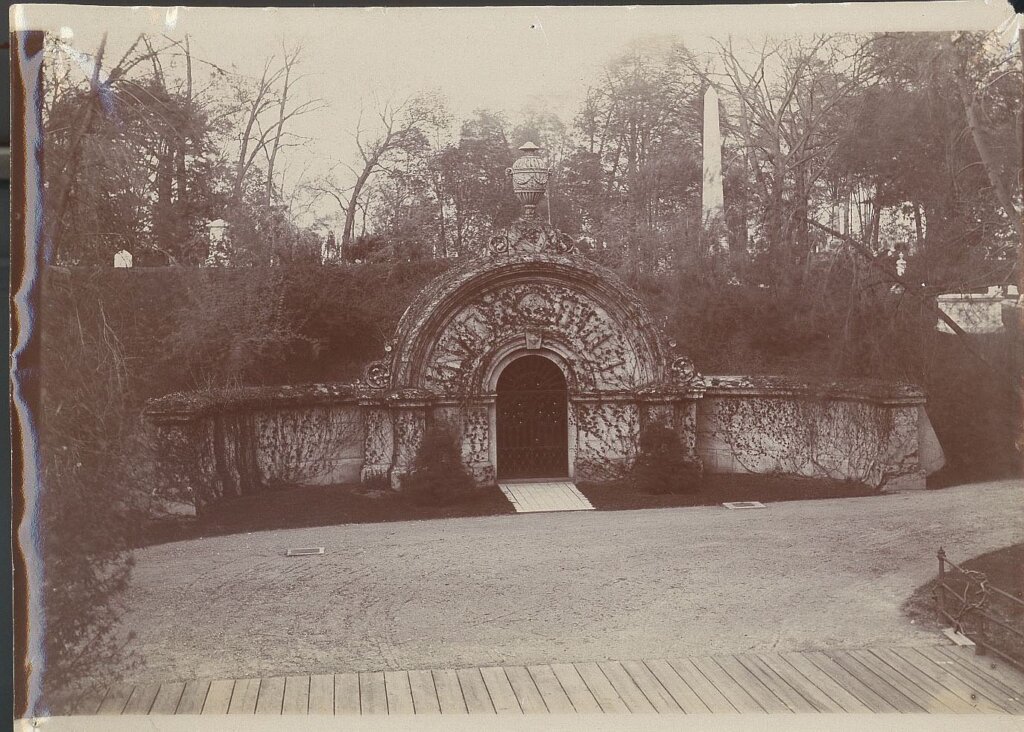
Jacob Bigelow, one of Mount Auburn's founders was increasingly concerned about the effect of effluvia (the waste secretions from the human body) on the health of Mount Auburn's landscape and visitors. Because of this mounting concern, he requested a receiving tomb be constructed with individual compartments to limit effluvia from leeching into the landscape.
The project was ongoing through 1876 and there were many changes as the needs of the cemetery evolved. Originally intended for permanent burials, it was subsequently designated for temporary interment only, when the ground was too frozen to dig graves in the winter time. Although Mount Auburn's other receiving tomb on Greenbrier Path was never discontinued from use, the Auburn Lake tomb became the primary tomb for holding remains until a grave was purchased and ready or the ground thawed.
In 1910, Mary Baker Eddy’s casket was held here while her monument was constructed. The receiving tomb remained in use until 1973 when it was demolished to make room for Auburn Court Crypts.

The Canadian firm J.C. Milne Company designed the new crypts which were faced in rose granite and nestled into Indian Ridge with a continuous walkway above. While the crypts are above ground, there is actually no interior space. Instead, there is a quiet courtyard passage and a contemplative area that overlooks the bridge at Auburn Lake.
For Further Reading:
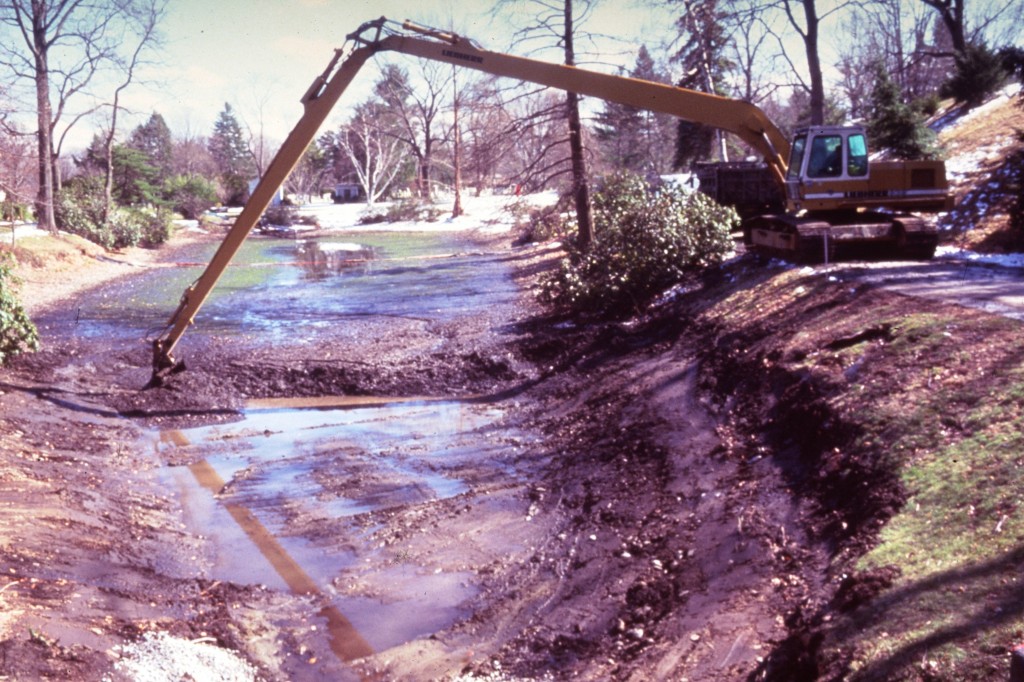
Auburn Lake: Revitalizing a Historic Waterbody
Auburn Lake was created in the 1850s by the deepening of an already existing low-lying “boggy meadow” area to enhance the Cemetery’s landscape. Our records indicate that the lake was dredged in 1883, but 115 years later in 1998 there had been a significant accumulation of sediments resulting from the decomposition of leaf litter, aquatic plants and other organic matter.


